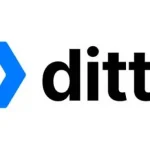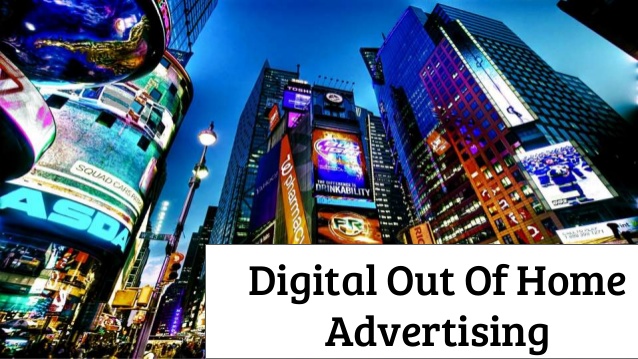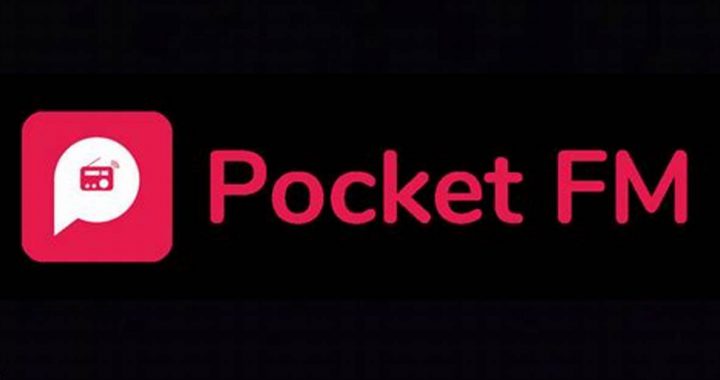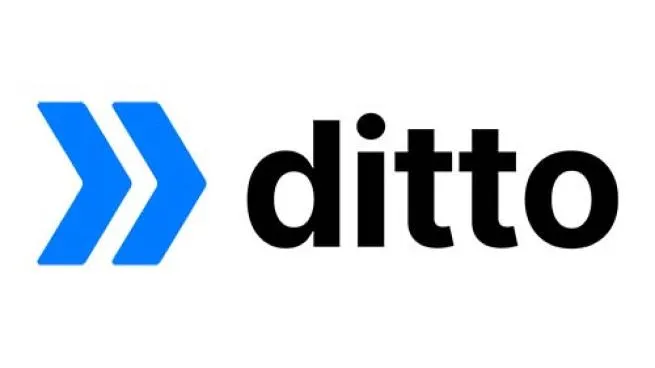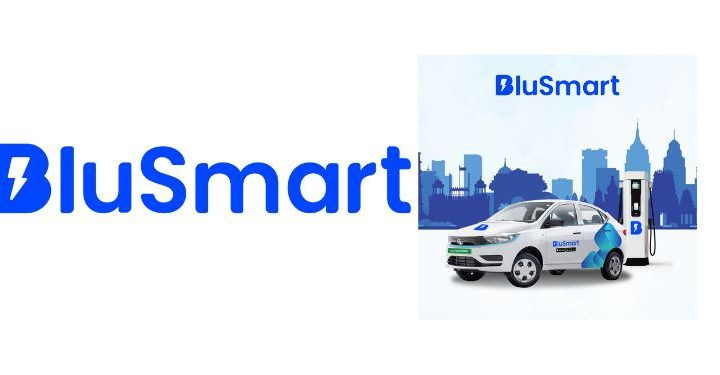Why aren’t digital billboards implemented in India when there is so much potential?
3 min read
The arrival of digital billboards in India can’t be postponed for much longer. Yes, the potential for growth is enormous in India but every idea comes to the fore at the appropriate time. Digital billboards in India is an idea whose time has come! And why is it so? Of course, the many times more display quality, scale and versatility is there very much but why is it an idea whose time has arrived?

Well, it’s the Government of India’s recent ban of all forms of single use plastic (SUP) that has cleared the way for digital billboards to take their rightful place in the out of home (OOH) display space. This ban on SUP has triggered the beginning of the end of poly vinyl chloride (PVC) flex screens that are currently being used on static billboards in India because it is the most toxic among all SUPs with very high levels of dioxin, which is a very harmful compound.
Unlike in previous occasions, this time the government is implementing the ban on SUP a lot more firmly. There’s a sense of purpose in how the government is imposing the ban this time, e.g. the rules are much more definite and clearer and the manufacturers are being targeted unlike in earlier occasions when it was done half-heartedly. I live in Delhi NCR, where the poly-bag industry is facing the heat.
India currently uses over 2 billion square feet of PVC flex every month; around 1.4 billion square feet is produced indigenously while 700 million square feet are imported. Apparently, it’s a big industry with many stakeholders who have invested tens of millions and are earning hundreds of millions in this business. Asking them to shut shop overnight can cause huge disruption with wide-ranging impact across various other industry segments.
So, maybe the government is going slow on implementation of SUP ban on the PVC flex industry. But make no mistake, it will have to wind up sooner or later because the government won’t back down from its stance of total SUP ban. I am anticipating a phase out period of 2 years at the most for PVC flex. Thereafter, if the OOH industry doesn’t have clear rules for implementation of digital displays on billboards, there can be a major disruption with far-reaching impact on business and industry.
The other reality is that just about 2% of the overall OOH industry in India has converted to digital OOH or DOOH and almost this entire segment is dependent on supplies from China. More alarmingly, the Chinese have arrived on the scene in a big way and are setting up shop in India for long term dominance when the time for DOOH comes, in India.

A few Indian companies have also set up manufacturing facilities and the best ones have installed highly advanced production lines with capacities to match high demand. Overall, it’s shaping up to be an interesting battle ahead between Indian and Chinese suppliers. Union Minister of State for SME, PC Sarangi recently inaugurated one such Indian company.
How to sell outdoor media? |
| Campaign Name | Media name | Offer Rate |
|---|---|---|
| Airport - Delhi Luggage Trolley | Airport Delhi | 1200 |
| Airline - Air India domestic | Air India Domestic, India | 4.5 |


